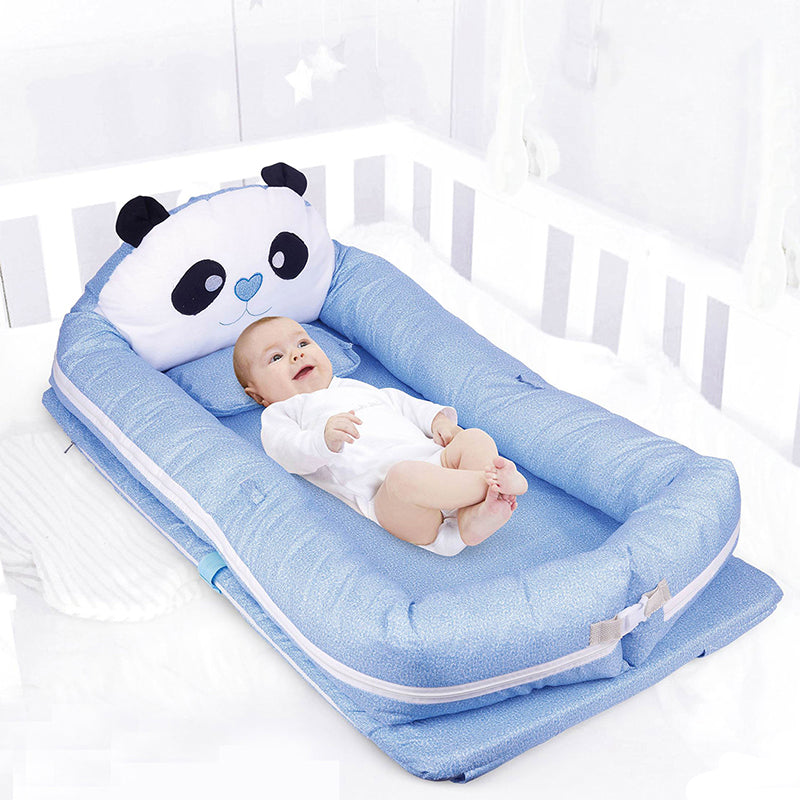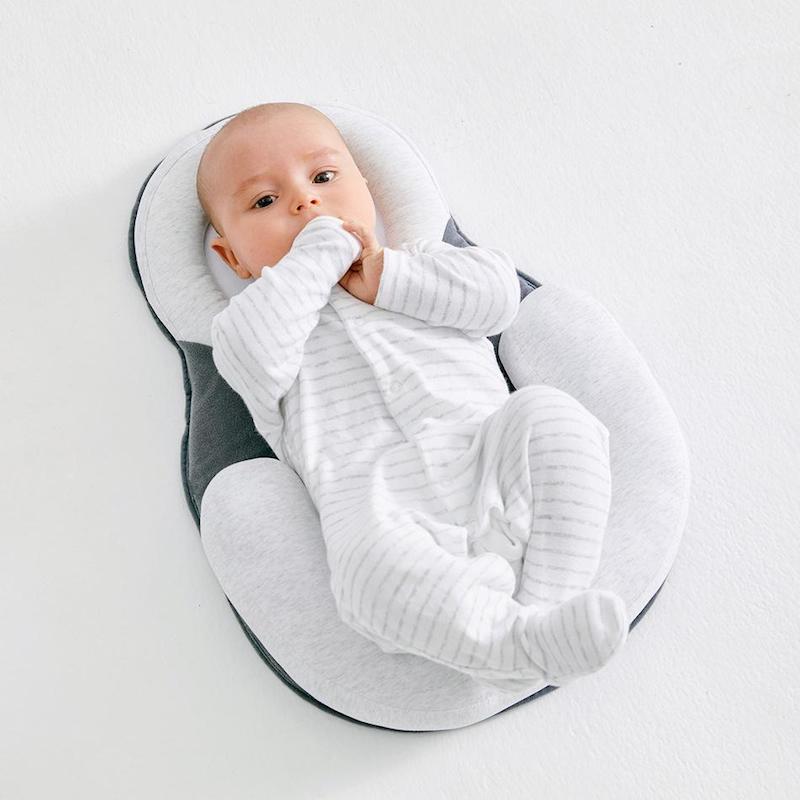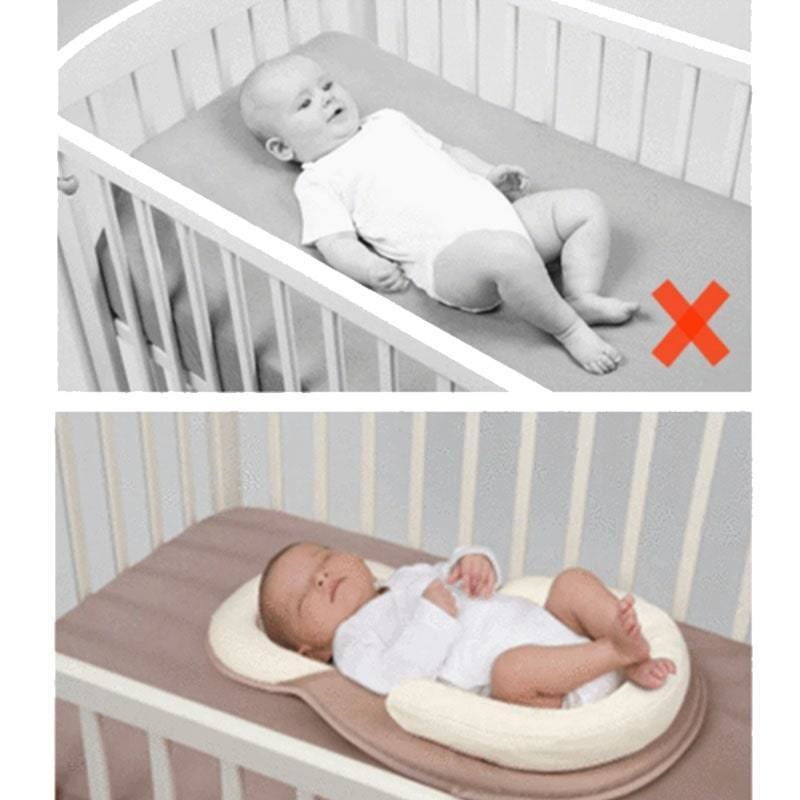Immediate Response Steps if Your Baby Falls from Bed
When a 6-month-old baby experiences a fall from a bed, immediate action is crucial. Here are key steps you should take:
- Stay Calm: First, try to remain calm. Your composed demeanor can help soothe your baby.
- Do Not Move the Baby Hastily: Avoid moving your baby quickly. They might have an injury that could worsen with sudden movements.
- Check for Consciousness: Gently see if your baby is awake and alert. Keep your movements tender.
- Look for Injuries: Inspect your baby for any signs of injury, especially on their head.
- Comfort Your Baby: If they are conscious and not showing signs of severe injury, it’s okay to pick them up gently and offer comfort.
- Monitor for Vomiting or Seizures: If your baby vomits or appears to have a seizure, lay them on their side, keeping their neck straight.
- Call for Help if Needed: If at any point you’re concerned or if your baby shows any severe symptoms, don’t hesitate to call emergency services.
- Watch for Delayed Symptoms: Some symptoms may appear later, so keeping a watchful eye on your baby is important.
By following these steps, you can help ensure your baby’s health and safety following a fall.

Signs of Serious Injury to Watch For
After your 6-month-old baby falls from the bed, look for signs of serious injury. Quick identification can help prevent worse problems. Watch for the following severe symptoms:
- Loss of Consciousness: If your baby seems drowsy or loses consciousness, it’s a red flag.
- Abnormal Breathing: Short, rapid breathing or trouble catching breath needs immediate attention.
- Unequal Pupils: Check if one pupil is larger than the other, a potential serious concern.
- Fluid from Ears or Nose: Clear or bloody fluid leaking could indicate a skull injury.
- Seizures: If your baby has sudden jerking movements, it could be a seizure.
- Vomiting: Repeated vomiting after a fall could point to a head injury.
- Unusual Crying or Whimpering: If your baby is inconsolably crying, it could be a sign of pain from an internal injury.
- Bumps or Swelling: A visible bump or swelling, especially on the head, requires closer monitoring.
- Lack of Coordination: If your baby can’t seem to move as usual, or has balance issues, consider it serious.
Make sure to seek medical care immediately if you notice any of these symptoms. Your baby’s safety is your top priority.
How to Handle Minor Injuries After a Fall
When a 6-month-old baby falls from the bed, they may sustain minor injuries. Here’s how to handle them:
- Check for Scrapes and Bruises: Gently examine your baby’s skin for any scrapes, bruises, or red marks.
- Apply Cold Compress: For bumps or swelling, use a cold compress. Wrap ice in a cloth and hold it on the affected area.
- Keep the Baby Comfortable: Ensure your baby is at ease. Provide a quiet environment and comfort them with gentle holding.
- Clean Minor Wounds: If there are cuts, clean them with water. Use a mild disinfectant if needed.
- Use Pain Relief: If your baby seems in pain, consult a doctor for the right medication.
- Monitor for Changes: Watch the baby for a day or so. Look for changes in behavior or worsening symptoms.
- Rest and Observation: Let your baby rest. Keep an eye on their sleep and wake patterns.
By managing minor injuries with care, you can help your baby recover quickly and comfortably.
Important Preventative Measures to Avoid Falls
To prevent your 6-month-old baby from falling off the bed, follow these measures:
- Use Bed Rails: Install bed rails to create a barrier and keep your baby safe.
- Floor Cushions: Place cushions or thick rugs around the bed to soften any potential falls.
- Supervised Sleep: Always be present when your baby is on the bed to prevent falls.
- Proper Bedding: Use a firm mattress and avoid bulky bedding that could cause rolling.
- Safe Sleeping Area: Ensure your baby sleeps in a safe area like a crib with guardrails.
- Secure Furniture: Anchor furniture to the wall to prevent tipping if your baby tries to stand up.
- Eliminate Gaps: Ensure there are no gaps between the mattress and bed rails where a baby could get stuck.
- Lower the Mattress: If possible, place mattresses on the floor to reduce the height of a fall.
- Keep Clutter Away: Ensure no objects on the bed could cause your baby to slip or roll off.
- Routine Checks: Regularly inspect the sleeping area for any potential safety hazards.
By implementing these preventive steps, you can significantly reduce the chance of falls, ensuring your baby’s safety.
When to Take Your Baby to the Emergency Room
After a fall, knowing when to take your 6-month-old baby to the emergency room is crucial. Here are signs that require immediate medical attention:
- Unconsciousness: If your baby does not respond or can’t be woken, go to the ER.
- Breathing Issues: Difficulty breathing or abnormal breathing patterns are an emergency.
- Severe Bleeding: If you can’t stop the bleeding with pressure, seek help.
- Fluid Leakage: Clear or bloody fluid from the ears or nose means urgent care.
- Pupil Differences: Uneven pupils can indicate a serious brain injury.
- Convulsions or Seizures: If your baby experiences these, they need quick medical response.
- Persistent Vomiting: Repeated vomiting may be a sign of a concussion.
- Refusing to Eat: If your baby refuses food or can’t be comforted, visit the ER.
- Drowsy Behavior: Extreme sleepiness or trouble waking up needs immediate care.
Keep these signs in mind, as your baby’s safety is essential. If in doubt, consult a healthcare professional right away.

Home Care Tips After a Fall
When caring for a 6-month-old baby after a bed fall, remember these home care tips:
- Observe Closely: Keep a watchful eye on your baby, looking for behavior changes or new symptoms.
- Provide Comfort: Offer your baby a favorite toy or some cuddles to help them feel secure and loved.
- Maintain Quiet: Reduce noise and bright lights. This helps your baby rest and recover.
- Offer Liquids: Make sure your baby stays hydrated. Offer breast milk, formula, or water if allowed.
- Rest is Best: Encourage rest. It helps healing and allows you to monitor any changes in their condition.
- Monitor Sleeping Patterns: Check if their sleeping is regular. Waking them gently can ensure they’re responsive.
- Ease Back into Routine: Start with calm activities. Avoid rough or energetic play for a few days.
- Keep a Record: Note any strange behaviors. Share with your doctor during follow-ups.
- Check the Environment: Ensure the baby’s surroundings are safe to prevent further falls.
By using these simple aftercare steps, you can support your baby through a quicker recovery post-fall.
Understanding Possible Injuries from Bed Falls
When a 6-month-old baby falls from a bed, certain injuries are more likely. Knowing what to look out for helps in giving the right care. Here are possible injuries and their symptoms:
- Concussions: Watch for dizziness, unusual crying, or changes in sleep patterns.
- Fractures: If the baby isn’t moving a limb or cries when touched, there might be a fracture.
- Cuts and Bruises: Check for visible marks on the skin, swelling, or redness.
- Internal Injuries: Look out for persistent crying, vomiting, or unusual behavior.
- Skull Injuries: Soft spots on the head or clear fluid from ears are red flags.
Quick action may prevent serious harm after a fall. Get medical help if needed.

Educating Caregivers and Parents on Fall Safety
Preventing falls is as crucial as knowing how to respond to them. Caregivers and parents need to be educated about fall hazards and safety. Here are key points to foster a safer environment for babies:
- Knowledge is Key: Understand the risks of leaving babies unattended on high surfaces.
- Create a Safe Space: Use floor mats or cribs for baby’s play and sleep areas.
- Teach and Practice: Show caregivers how to handle babies and prevent falls.
- Remove Hazards: Keep toys and clutter away from sleeping and playing areas.
- Secure Furniture: Anchor dressers, bookcases, and TVs to avoid tip-overs.
- Childproof Home: Install baby gates and window guards in strategic locations.
- Constant Supervision: Never leave a baby alone on beds or changing tables.
- Spread Awareness: Share information about baby fall safety with all caregivers.
- First Aid Training: Learn basic first aid and CPR for emergencies.
By embracing these safety measures, you can reduce the risk of falls for your baby. It’s about being proactive and making safety a part of your daily routine. Remember, prevention is always better than a cure.
